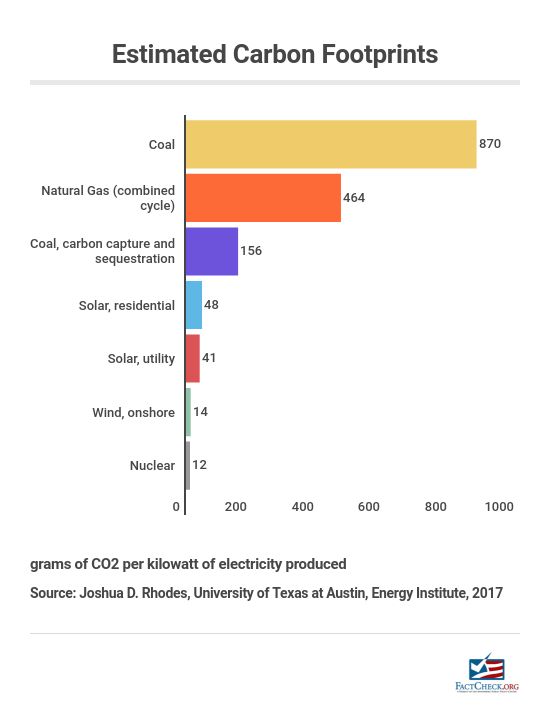Pull your head out of the clouds or sand depending.
The current push to electrify the U.S. transportation sector along with homes and businesses means that massive amounts of raw material will be needed to build out a more robust and smarter grid, deploy new renewable technology, and facilitate power storage. This electrified future that many long for will require extensive mining operations, which themselves are heavily dependent on fossil fuels. This blind spot for environmentalists may be intentionally kept out of sight, out of mind, but the reality is stark: more renewables can only come through the doorway of more mining and more fossil fuels.
While electric vehicles are hailed as greener roadway model, they draw their charge from the electric grid, which in the United States currently comes overwhelmingly from coal and natural gas. Plastics, parts, and lubricants in the EV are also derived from oil and natural gas. A few steps prior in the supply chain, fossil fuels facilitated the transport of raw materials and finished products to market. Even before this, critical metals, minerals, and other elements must be extracted from the earth. Not only does this have deep environmental impacts on its own, but relies exclusively on heavy machinery, enormous vehicles, and other energy-intensive equipment that all utilize fossil fuels. Of course, electric vehicles are in good company, with solar panels, wind turbines, and other renewables also reliant on similar processes.
Setting aside the criticality of fossil fuels for a moment, there is a more fundamental issue to consider: the raw materials in the ground. Power generation and energy storage devices require a number of rare earth metals. These rare earth elements (REEs) occur abundantly across the globe, however they are often mixed in with other minerals which requires time, energy, and money to process and separate.
These metals, largely composed of dysprosium, neodymium, terbium, europium, and yttrium for solar panels and neodymium, dysprosium, and praseodymium for wind turbines, are essential to building up a domestic renewable energy industry. Lithium batteries also require cobalt and lithium in its manufacturing process. Developing renewable energy sources is a top priority for the Biden administration in order to combat climate change. However, building up a domestic renewable energy industry is dependent on an unprecedented supply of these REEs along side fossil fuels for energy and drastically increased mining activity.
Currently, the U.S. is a 100 percent net importer of rare earth metals with 80 percent of total rare earth imports originating from communist China. In order to be able to build a cleaner energy grid, domestic sources of REEs will need to be tapped. The U.S. previously dominated the rare earths market before 1980, but rebuilding the domestic supply chain will require huge investments in mining, building refining facilities to separate out the metals, and the necessary manufacturing centers to produce the end products.
A primary hurdle in terms of political inconvenience is the drive towards reducing carbon emissions, but also rebuilding the rare earths industry in the U.S., which will require more mines, processing facilities, and manufacturing processes to use even more fossil fuel energy. If this electrified renewable future is to be achieved, it can only come with fossil fuels. And the U.S. also has abundant fossil resources ready to be tapped, but federal policy increasingly limits production and exploration and hamstrings transportation of these materials. This does not diminish demand for fossil resources, only domestic supply. That in turn requires import of oil and natural gas from countries with lower environmental standards, and it requires dirty transport of those fuels across oceans.
By investing significant resources into creating a renewed domestic supply chain for rare earths, there will be offsets to the domestic adoption of clean energies more broadly. Due to existing regulations that establish health and safety standards, a crucial part of protecting U.S. workers, production and refinement of rare earths in the U.S. is very uncompetitive when compared to China.
It takes five times as long to open a mine in the U.S. than in neighboring Canada or even Australia, another supplier of rare earths. Regulations would need to be loosened before any such mining would begin, as many mines need to function for years to account for large start-up costs. Because of widespread REE utilization in most military systems, the U.S. government could also insulate the domestic market from Chinese manipulation by agreeing to purchase REE used in military and renewable energy development from domestic manufacturers. The only American refinery for rare earths went bankrupt in 2015, so ensuring that the domestic industry can grow by reducing regulatory and red tape costs, while also protecting it from foreign price manipulation can ensure a steady supply of rare earths.
Again, if reducing carbon is the goal, nuclear power is the answer. Nuclear doesn't need huge storage reserves or back up coal fired power plants. It can step up and down as demand dictates.
Wind and solar isn't happening anywhere close to what liberals dream of until we start mining like crazy.









